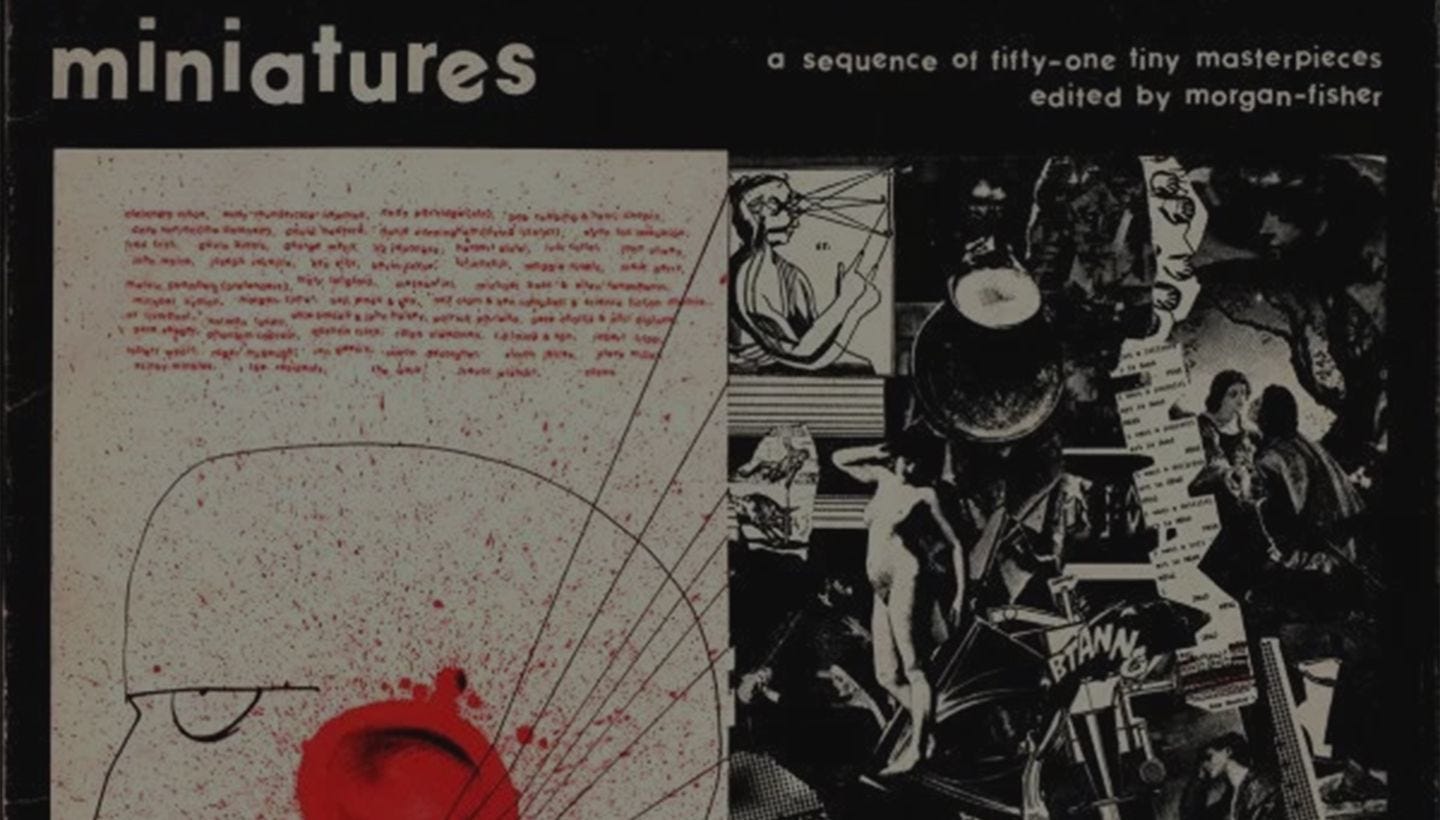Have Fun With DIY! The Story of Morgan Fisher and Cherry Red
By 1978 I’d had it up to here with major record companies. On a whim they can make you or break you: promote you to the very top, or (at least twice in my memory) cavalierly decide not to release an album they (or us?) had just spent a fortune recording, thus dealing an immediate death-blow to the band I was currently in. The swine!
In ’68 my music career had started with a bang (after a couple of years shuffling round the youth clubs and pubs) with a #1 hit (Love Affair – Everlasting Love). To which the instant and obvious riposte is: “and it was all downhill from there.” Well, true, I never had a #1 again, but in the following 10 years there were numerous downhills, uphills, left/right turns and occasional fallow patches. In brief: two years with my prog band Morgan (which is significant, as you’ll see in a sec), a quickie with the Third Ear Band, a brilliant six years with Mott the Hoople then Mott then British Lions, and a fun hotch-potch of freelance work with characters ranging from Mike Harrison and Neil Innes to Hanoi Rocks, Dead Kennedys, Wayne County, and even – for my sins – John Otway!
Anyway, on one particular afternoon in ’78 I was feeling mentally, emotionally and physically shagged out by the whole ten-year palaver; not just the Biz, but also my very unhealthy (and admittedly, delightfully wild) lifestyle. Ten years of touring, recording, touring, recording, repeat and do not rinse, with not a solitary decent holiday that I can recall. Luckily, no hard drugs whatsoever, but a tsunami of booze washing down a mountain of junk food de rigueur. I’m ambling down my dreary local Acton High Road – well, floating actually, due to the valium my well-meaning but not too perceptive family GP had prescribed – and I’m thinking to myself, “what is this bollocks? – this ain’t living!”
By this time I had met a genial bloke named Iain McNay, who had contacted me re licensing my first, hitherto-unreleased “death blow” album, The Sleeper Wakes by my very prog band, Morgan. This turned out to be the first album issued on his brand new label, Cherry Red Records. To this day I am still bemused by his releasing a complex prog album on a label which was, once things got going, largely committed to punk and feisty/naive homegrown indie stuff. But he seemed a decent, trustworthy bloke, so I thought why not – get that album out there!
One evening, while enjoying one of our regular creative chats with Iain in a local winebar, I spoke of my current torpor and he said, “have you ever heard of acupuncture?” I had – and was not afraid of needles. Iain said he knew a bloke in Hampstead who did it – which was pretty rare at that time in London. He turned out to be a really likeable, intuitive practitioner of the oriental healing arts – and as well as weekly acupuncture, he put me on a one-month organic salad-and-water teetotal diet which turned my life around at breakneck speed. Fortunately, I was absolutely ready for it, and lapped it up. Inches dropped off my drinker’s paunch, and I found myself running up the stairs on the tube every day. Escalators? Who needs ’em? Yep, a sudden new lease of life at 28.
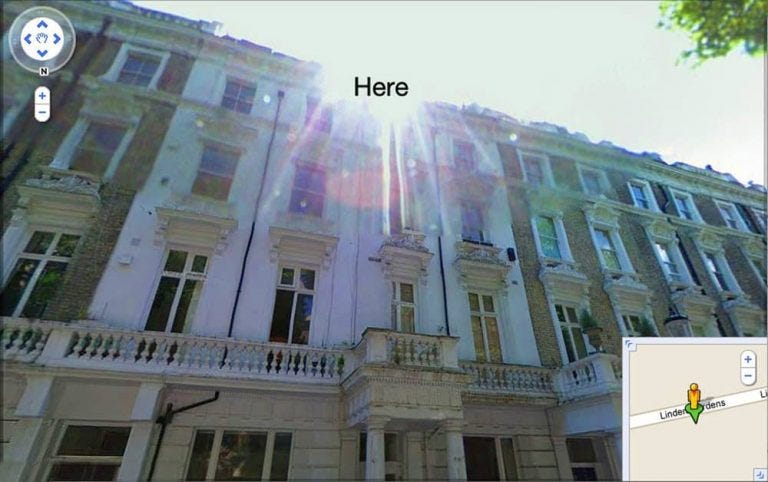
The site of Pipe Studios, Linden Gardens, Notting Hill, now.
I at once flogged my boring semi-detached in Acton and found a groovy 4th-floor bedsit (no lift – good exercise) in Notting Hill for a mere 18 grand (half a mill by now, probably, but I sold it a few years later – my one regret in life). I had to shrink my possessions to be able to move into this flat, and the first thing to go was the telly. Best thing I ever did – I’ve never missed it since, whatta loada crap. Within weeks I managed to shoehorn a 4-track studio into this cosy bedsit (thankfully, the bed folded up into the wall). TEAC/Tascam had recently brought out a compact but high-quality 4-track tape deck. I reckon this (apart from pioneer Joe Meek, years ahead of everyone else) was the real birth of making albums in bedrooms all over the world, well before computers – pure analogue!
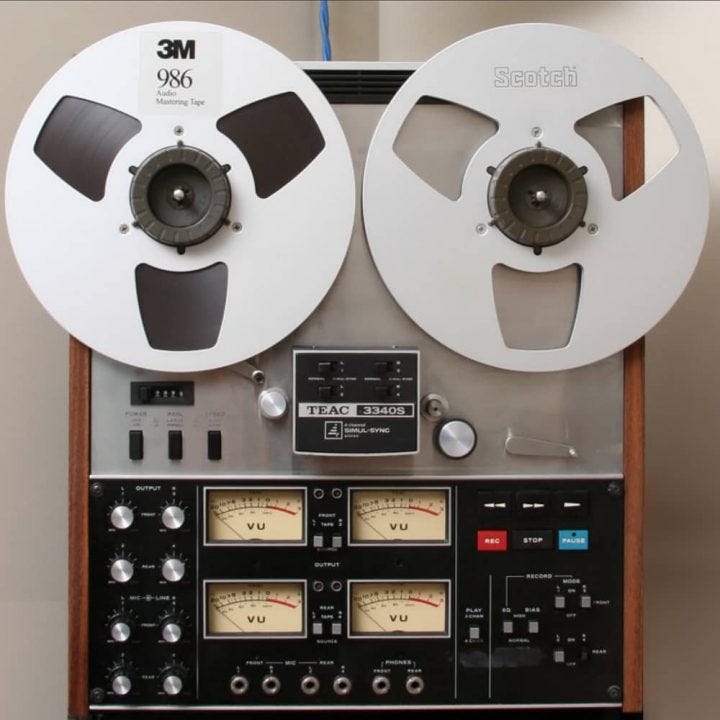
The excellent Teac A-3340S 4-track tape deck.
In ’76/77 I’d relished the whole punk thing and was down the Roxy Club in Covent Garden at least twice a week, occasionally noticing a Floyd or a Zep lurking in a corner, checking it out, one time only. I was more than just a one-time lurker – in fact the renowned and stylish punk icon, Soo Catwoman, had been my lodger for a year in Acton. And yes, like many have opined since, the music wasn’t always that interesting – but the energy, fuck! It lit a firework under my bum and the arse of everyone who didn’t have a tight hold on their old-fartness. Plus at the Roxy there was the great Don Letts playing righteously good dub/reggae between the bands – it felt very much like my young mod life in Finchley 12 years before, when between bands like The Who, The Kinks, etc., the DJ’s spinned Stax and Motown discs exclusively – that juicy, fecund black/white merging that London can be so good at.
So now I was all set, like a painter, to go into my little atelier, create something by meself, bring it out and show people, saying with some pride, “all my own work – see!” My gear was pretty damn primitive, apart from the TEAC and a Revox to mix down onto. My mixer was the size of a paperback book, my one mic was a cheapo AKG, plus I had the ropy old family upright piano, a Davolisint (google it), a VCS3 synth, a low-grade twangy surf guitar snapped up in a US pawn shop, a small harmonium – oh, and one more decent tool – a hollow-bodied Rickenbacker bass (those Fenders weigh a ton – no thanks!). No drums or drum machine. Not even a guitar amp (I plugged straight into the mixer, and used headphones, to safeguard my neighbours’ tranquillity). But I was determined to do it all on me tod – whatever “it” was…
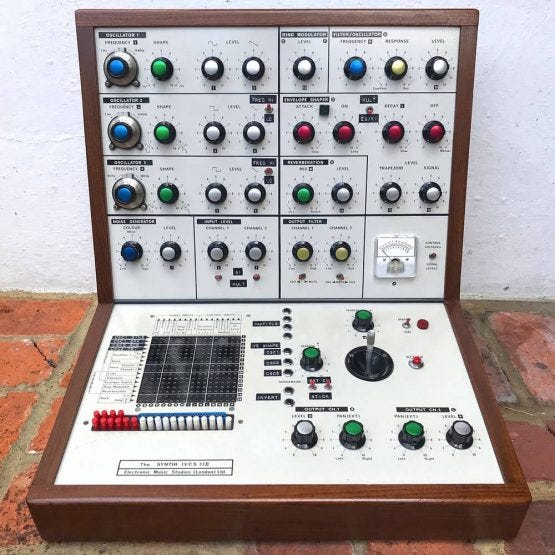
The amazing VCS3 synthesizer.
First off the deck was the Hybrid Kids album. I’d already experimented using even more primitive gear (don’t ask) and had mischievously evolved a concept of recording classic songs with diametrically opposite arrangements. Examples: Perry Como done like Devo; MacArthur Park inna Two-Tone stylee; Kate Bush as dub-reggae played by The Wurzels, etc. I’d already played my first, makeshift demos to two pretty out-there friends, Cherry Vanilla and Wayne County. When their eyebrows raised and THEY said that I was really weird (!!!) – I knew I was going in the right direction!
I gleaned some drum-only mixtapes from a good friend who had recently made a nicely rocking album, and got to work with razor and sticky tape, making short 2- or 4-bar loops of various bits, which I then altered to my desired tempo. Customisable and unwavering rhythms, like a drum machine, but with real drum sounds! And much cheaper! (Unknown to me, the BeeGees had recently created their unique disco beats in exactly the same way, while their drummer was too ill to play!).
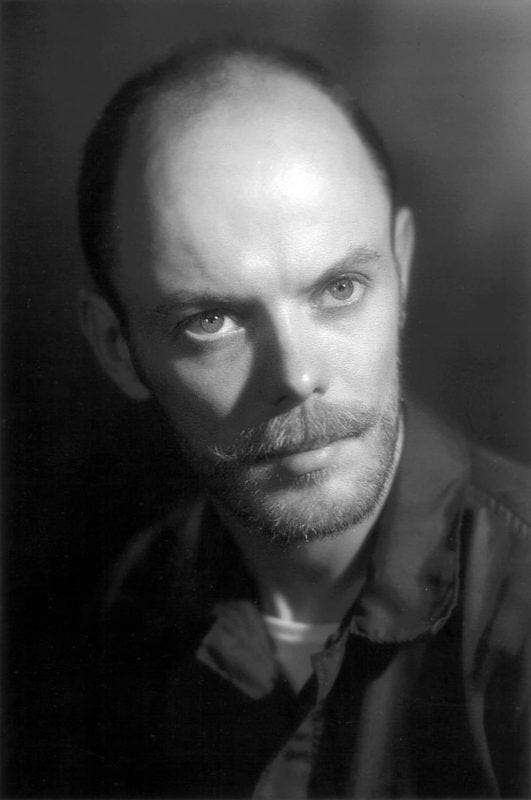
Space is short here, so I’ll whizz through the explosive two-year period of creativity that followed (later I plan to write a book with all the spicy details in full). Each song on the Hybrid Kids album had a completely different identity, so I thought I’d announce that each song was actually by a different band, and made up some suitable indie-sounding band names. Iain loved the idea, and being mischievous himself, set up a BBC Radio interview where I explained the whole idea as if it was real. At that time, it was trendy to name-drop small towns such as Akron, Ohio (birthplace of Devo and Chrissie Hynde), so I opened an atlas, and picked a tiny Kansas town called Peabody, and claimed that all 12 bands on the album came from there. The BBC swallowed the idea – briefly, until various other media people picked up on the hoax.
I decided that the second Hybrid Kids effort should be a Christmas album. But not your usual saccharine medley of standards. I realised that, rather like Grimms’ fairy tales, some well-loved Christmas carols had a darker side to them. Example: the Coventry Carol is about mass infanticide, yet it’s usually sung just as unconsciously and sweetly as, say Silent Night. So, I decided to give some carols a darker, perhaps more pagan, pre-Christian interpretation, and invented the album’s motto, “Let’s put the X back in Xmas!”
Samplers were several years in the future, but like Dr. Who composer Delia Derbyshire, I employed tape-sampling techniques. One day, some scaffolding was being unloaded incredibly noisily outside my flat, so I dashed out with a cassette recorder and eagerly recorded the cacophony. I then transferred it to loops made of inches-long snippets of 1/4″ tape trimmed, varispeeded, and combined to make powerful metallic rhythms in lieu of, and much wilder than, regular drums. I also did some early beat-boxing, with my cheapo mike rammed against my lips and distorting wonderfully. For this project I invited friends like sax supremo Lol Coxhill and voice performer Maggie Nicols to add some very special overdubs. On my PIL-inspired version of Coventry Carol I laid down some guitar of which I’m still rather proud. Desperately trying to find a way to play it more freely, I nipped out to the local, quickly downed two pints, then came back, ran up the four flights of stairs, put the guitar right out of tune, and had at it, satisfyingly whacking out one of the highlights (for me) on this dark yet roisterous album I called Claws. Each year, people still comment on Facebook that they play it loud to clear parties, and as an antidote to the sickly, syrupy sweet muzak that pervades our lives at Yuletide.
By this time, Iain was fully approving of my latest musical efforts, as they were more in line with the maverick Cherry Red way of doing things. During another winebar session, he said, “how about you create your own label, with your own identity. Whatever you record, we’ll promote and distribute it for you.”
“Whatever you record? Really? You mean, I have complete carte blanche?” His answer was an unequivocal Yes. This encouraged me to even more action. First I found my label name by sitting down, lighting my pipe, and waiting for inspiration. It came in seconds as I looked at my pipe. Pipe Records! A simple, neutral name with a vaguely musical feel to it.
My next step was to write down the names of brilliant, free-thinking artists I’d like to collaborate with in this new, no-holds-barred musical environment. Of course, with Cherry Red being a fledgling indie setup, no advance cash was available. But hadn’t I just made an album single-handedly in my flat – at a total cost of £25 (the cost of the tape)? I even noted that fact on the Hybrid Kids album cover! I knew I could figure out a way.
The problem was, the list of potential collaborators kept getting longer and longer, and I found it harder and harder to choose who to work/play with first. Then a bit of lateral thinking took over as I perused the list, which by now had 50 names on it. Why not work with them all? Not all together in my tiny studio, that would be complete chaos (though probably a lotta fun). But why not invite each to make a one-minute piece? That would be just enough to fill an LP to the brim (do LPs have brims?). Iain heartily approved of the idea, and rather than just a letter, I made up 50 little Jiffy bags containing a typed invitation, a reel with one minute of blank tape on it, and a £1 note. I had previously signed music contracts where no advance was feasible, but by law a minimum £1 advance made the contract binding. This was always just a gesture and the £1 was never actually handed over – till now. Nearly everyone “got” the gesture, except one, Ivor Cutler. He thought this “king’s shilling” was patronising, until I explained that I was basically skint and it was a gesture of friendship and commitment that I would pay royalties once the album started selling.
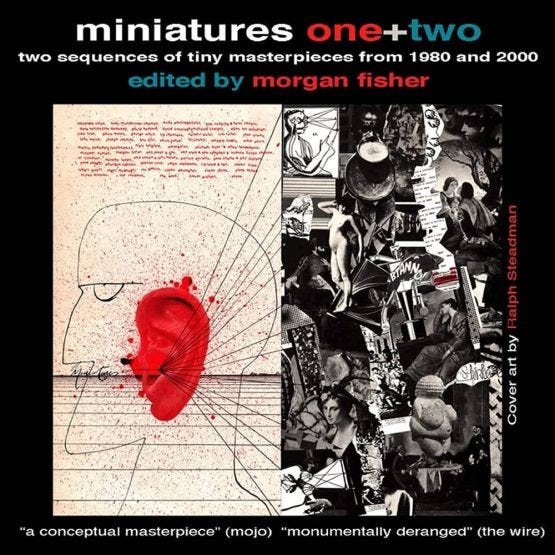
Miniatures, as it came to be known, formed itself over the course of a year. Some artists actually recorded on the tape I’d sent, others sent in a cassette, or came to my studio to record, or (most fun of all) invited me to take my Revox to their house and record them there. Notable instances of the latter were Robert Wyatt (in his lovely Twickenham house provided for him by my goddess neighbour Julie Christie), Quentin Crisp (in the Chelsea flat he claimed he hadn’t cleaned in decades – it was really dusty, but to my relief, no smell), Ralph Steadman (in his castle-like Maidstone dwelling, where he still lives now), and yes, Ivor Cutler, who played his harmonium and sang beautifully in his dark, lonely room.
The enthusiasm was overwhelming, as artists both great and lesser-known put their hearts and souls into their minute. I even got a yes from Steadman to my cheeky request to do the album cover art for free. I would have been delighted to get a single stroke of his slashing pen, but he went way beyond that, scratching not only a fine, powerful drawing but also spending many hours making a collage that perfectly expressed the album’s rich, varied content. Miniatures is still a well-loved, often-played cult album. I made a millennium sequel in 2000 (Miniatures 2: 60 artists on a CD this time). A third edition, a tribute album called Miniatures 2020 (124 tracks this time!!!) was created by admirers of the concept, with my blessing, and released earlier this year.
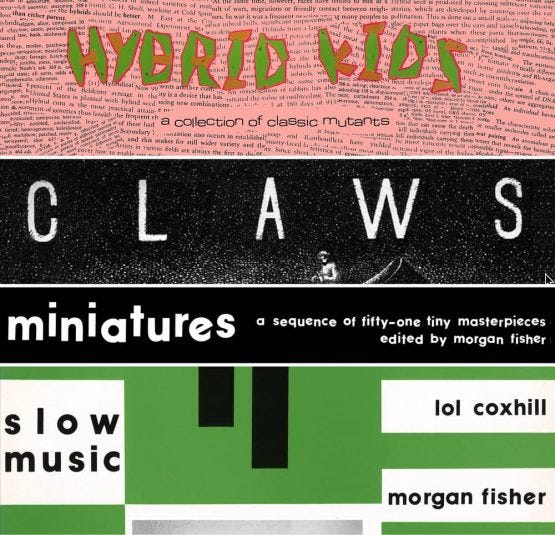
DIY – all in a days’ (2 years’) work!
The fourth album in this solitude-induced burst of creativity was the complete opposite of Miniatures, if you like. Its glacially slow-moving title track occupied the whole of side two of this ambient LP. I invited but one collaborator, Lol Coxhill, who I recorded in my little Pipe Studio playing a marvellous, lyrical soprano sax version of Handel’s Largo. After the chaotic, exciting year I’d spent dashing around compiling Miniatures, it was a relief to spend two quiet, peaceful weeks at home, slowly working on Lol’s achingly beautiful recording, looping, processing, and layering it dozens of times to produce several different soundscapes ranging from austere minimalism to rich cloud-like orchestras. When I played the results to Iain, saying I hadn’t yet found a title for the album, his razor-sharp mind clicked into gear and he instantly replied, “what about Slow Music?” Done!
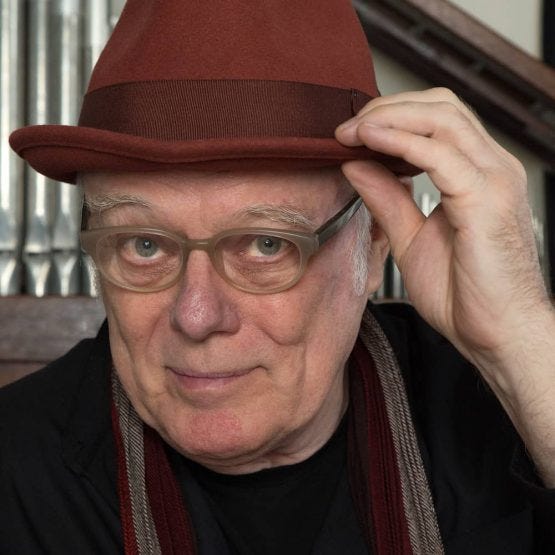
Morgan Fisher, still DIY-ing in Tokyo, now.
After this action-packed two years in my home studio, I seriously needed a break. I headed to India to meditate for a while. The while got longer and longer, plus I acquired the taste for solo travel, at my own leisurely pace, and explored a few other countries. So much more personally enriching than the hectic rock tours of my previous life, seeing the world in a rush from a bus or a limo, usually blotto. This was my sabbatical, my belated, much-needed gap year. Actually 3 years, before I finally happened to land in Japan in ’84, loved it from day one, and happily settled here. And that’s another story, which I will gladly tell…
– Morgan Fisher, Tokyo, 2021.

